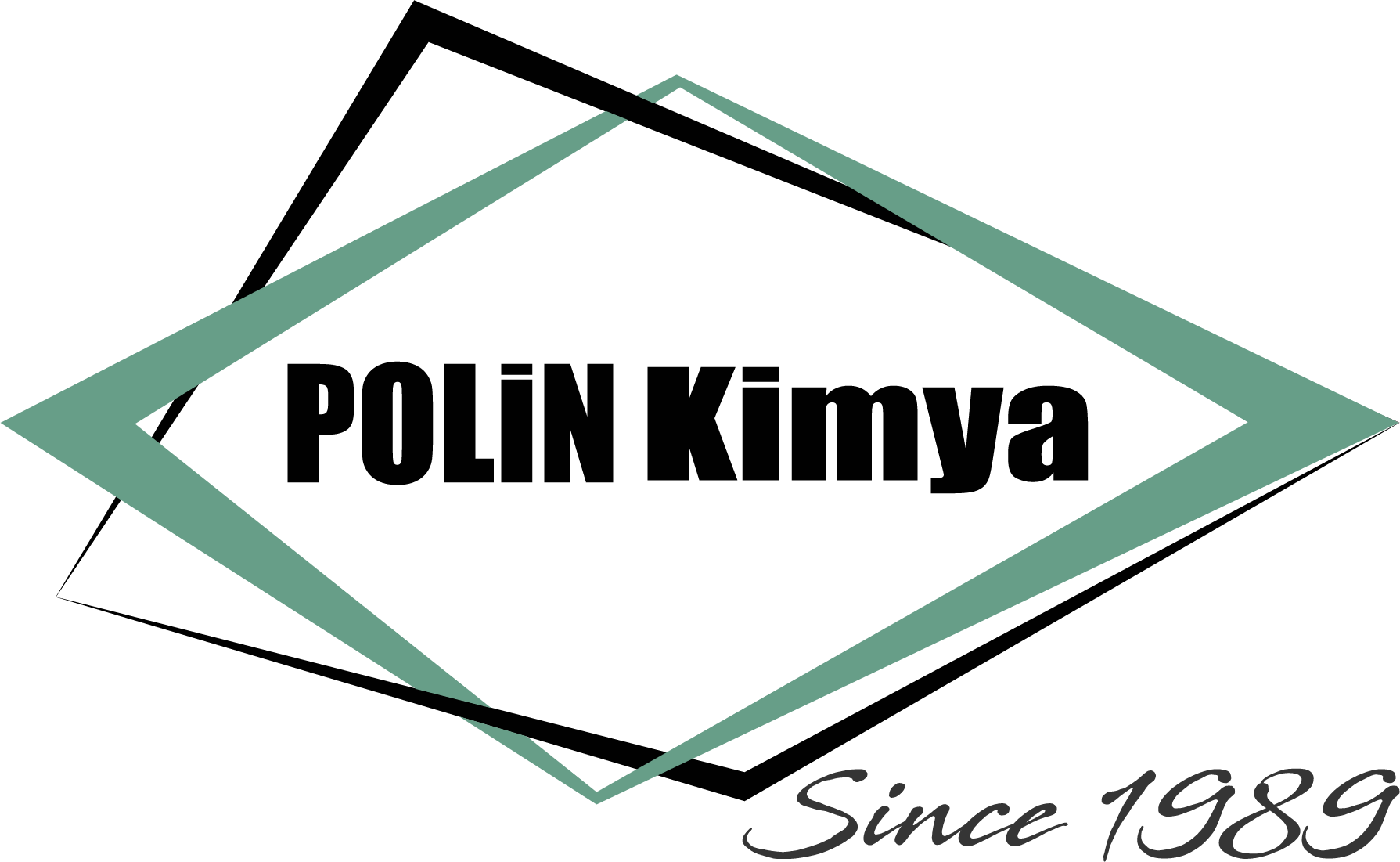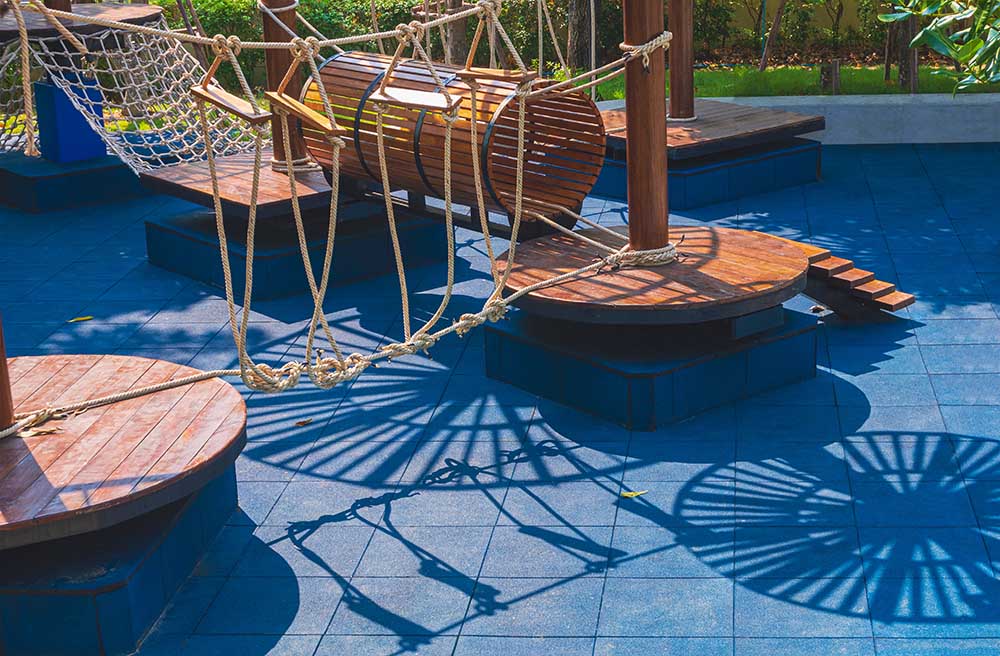Rubber tile flooring is an ideal choice for flexible flooring. Rubber materials are preferred in many areas due to their flexible structure. Rubber tiles have found their place in many areas due to their widespread availability and low cost.
What is Rubber Tile?
Rubber tiles are produced by breaking down rubber into small pieces and pressing them together with adhesive and other materials. Rubber tiles are made from a product known as SBR (Styrene Butadiene Rubber). There are two types of rubber tiles: SBR rubber tiles and EPDM rubber tiles.
Features of Rubber Tile Flooring
The features of rubber tile flooring can be listed as follows:
- Rubber tiles are flexible and soft.
- They are impact-resistant, preventing injuries from sudden falls.
- They are long-lasting and durable.
- Rubber tiles have a non-slip and non-stick surface.
- They are heat-resistant and do not easily catch fire.
- They provide thermal and sound insulation.
- They are water-permeable and do not retain water.
- They are environmentally friendly and safe for health.
- They are resistant to adverse weather conditions.
- They can be easily applied to concrete and even sand surfaces.
Applications of Rubber Tile Flooring
The applications of rubber tiles vary depending on the area. Due to their flexibility and impact resistance, rubber tiles are preferred in parks. They are commonly used in school yards, preschools, playgrounds, nursing homes, and many other areas.
In sports facilities, they are mainly used in areas where gymnastics is performed. They can also be used in gardens, terraces, and running tracks. Rubber tiles are ideal for outdoor sports fields due to their compatibility with adverse weather conditions. They are frequently chosen for sports such as basketball, volleyball, and football.
How to Install Rubber Tile Flooring?
Before installing rubber tile flooring, it is crucial to have a flat and smooth concrete surface. The application area should be free from dust, moisture, chemicals, and foreign objects. Suitable weather conditions are also important for the installation process, ensuring that there is no rainfall during application.
Once the surface is prepared, a primer can be applied to the concrete. After spreading the adhesive on the floor, the tiles are placed on the surface. Placing weights on the tiles helps ensure a strong bond with the floor.
Polin RUB-x 6009 and Polin RUB-x 6007 polyurethane rubber tile adhesives are preferred for various surfaces, including concrete, MDF, particleboard, and metal. These adhesives are resistant to sunlight, water, and external factors, maintaining their adhesive properties for a long time.






